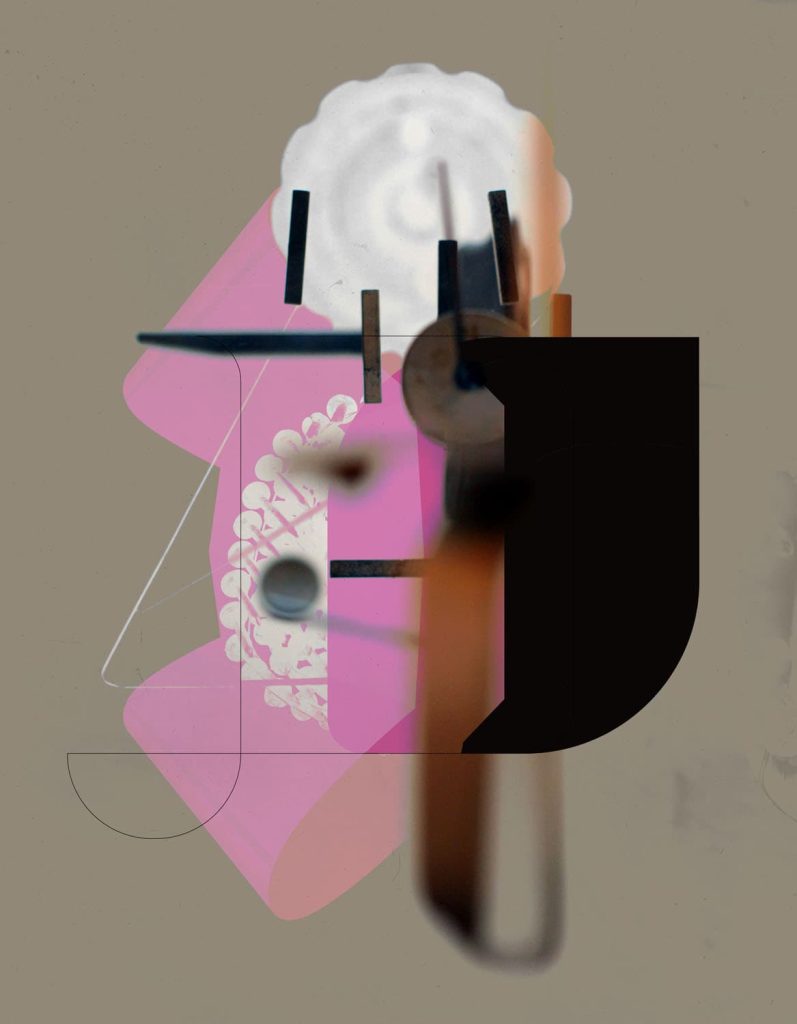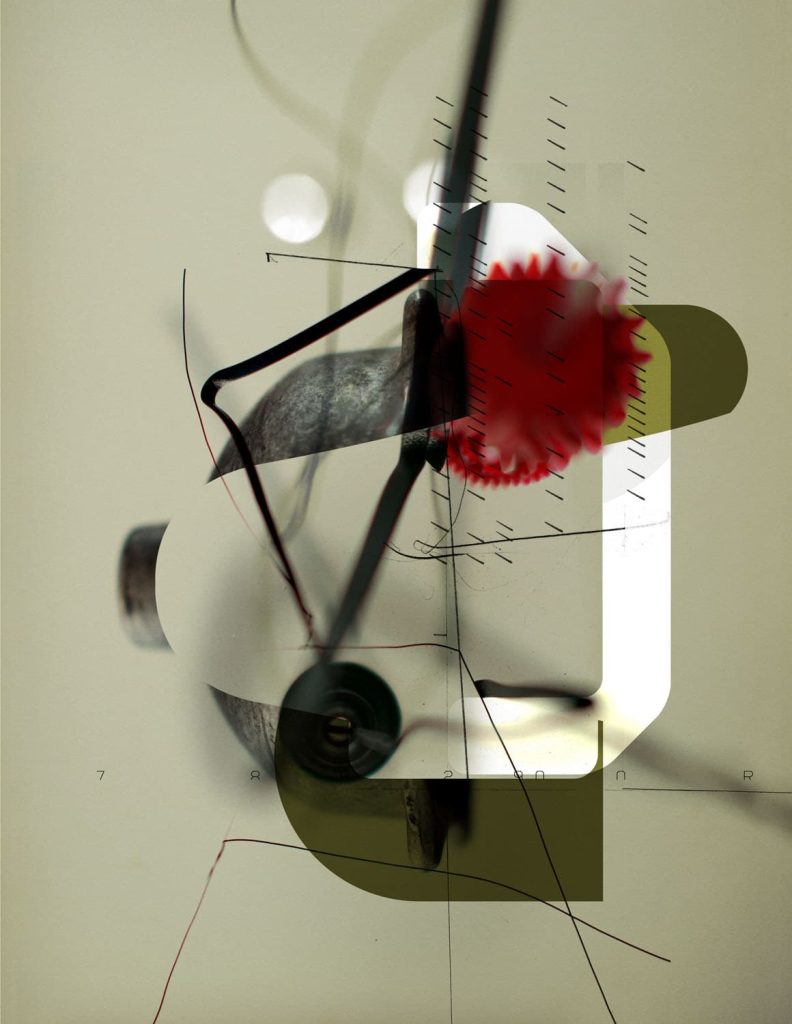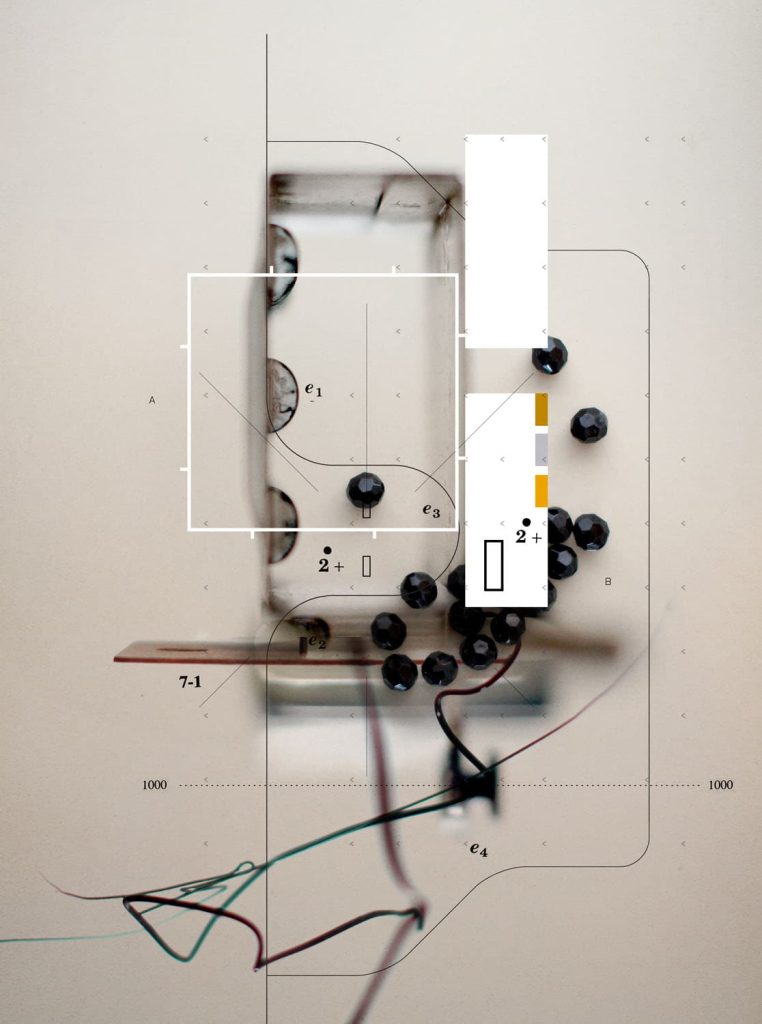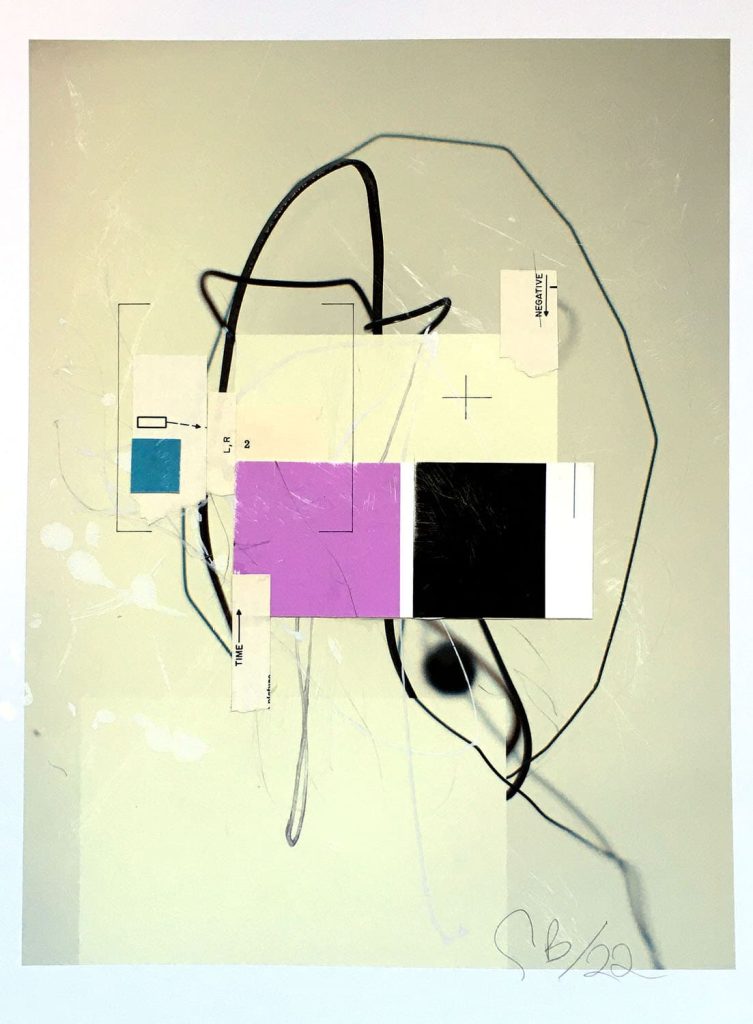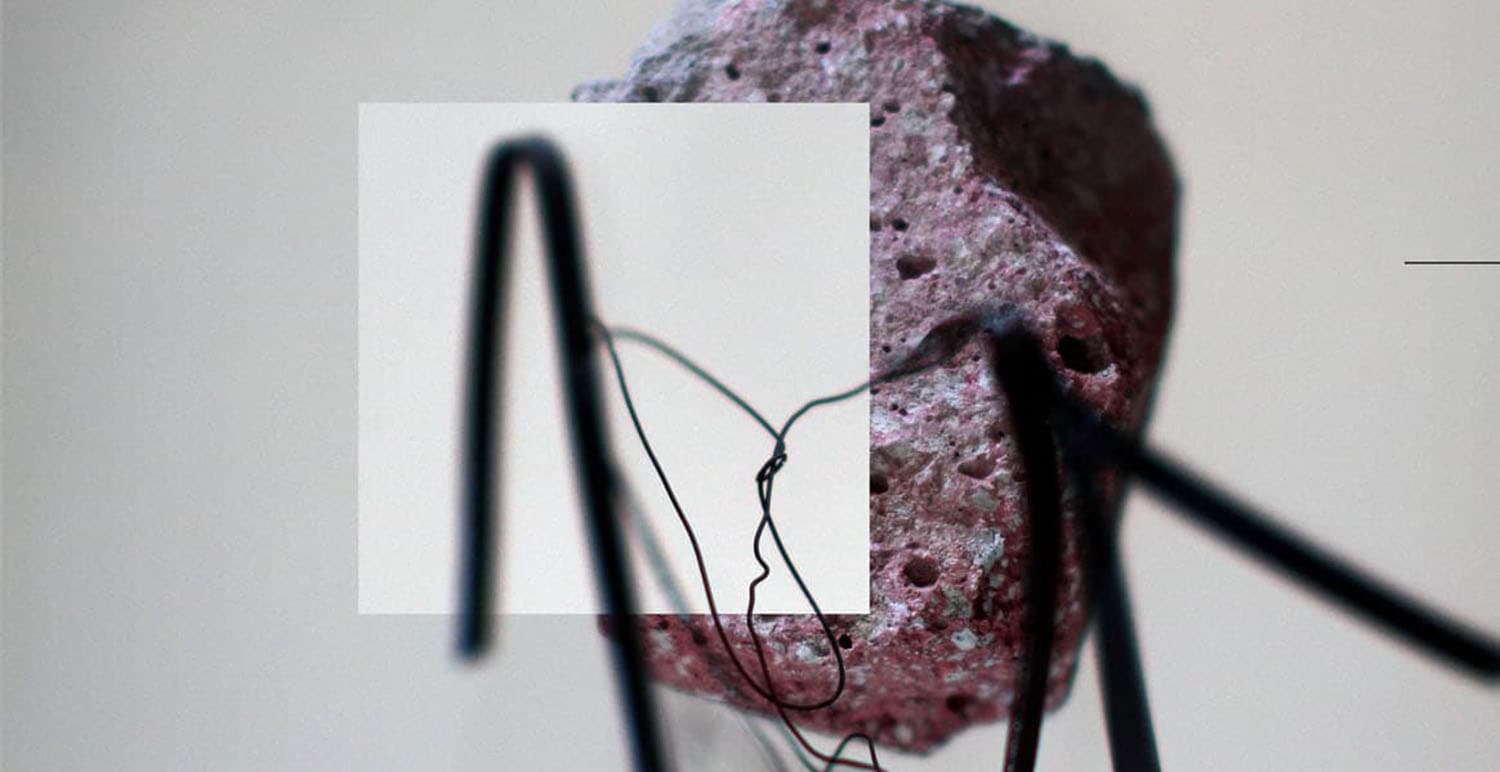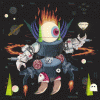TWS –Can you share something with our readers that you would like them to know about you?
SB –That I really appreciate you asked me to do this interview. Thank you Max. It’s been interesting attempting to put into words what is mostly instinctive.
TWS –When did you first realize that art and visual culture was special to you? Since when has creativity had a relevant place in your life?
SB –The visual culture I grew up in was the consumer culture of the time, I didn’t get a chance to see much art. But movies, books, magazines, TV and most importantly records (vinyl) were the stuff of everyday life and they were everywhere. Record jackets were fascinating and were my beginning of understanding something about design, photography and illustration. Someone, somewhere had made the decision that the music inside was best interpreted by those images and that typography. I spent a great deal of my teenage years collecting and listening to records and puzzling over the sleeves, taking in every detail in some hope of understanding something called Art Direction. I also got my first taste of Surrealism and Dada that became an important influence for me through the assemblage and collage of Cal Schenkel and the design and illustration work of Hipgnosis.
From my mid-teens on I was devoted to making stuff, drawing and painting and taking photographs with a Polaroid camera my parents gave me when I was 12. An early success in Middle School gave me the confidence to pursue art further. In an assignment for a technical drafting class, I did a pencil drawing of a carburetor that I’d disassembled placing each rendered piece floating in space, circling around a center point –an ‘exploded’ carburetor. I wish I still had that drawing, I seemed to have lost it at some point.

TWS –What about your early influences? Can you pinpoint which visual artists / designers caught your eye early in your career?
SB –I spent a lot of years deep into Max Ernst 1920’s/30’s collage and paintings—‘Fiat Modes’ a favorite drawing, Kurt Schwitters, Man Ray’s photography of objects and still life and especially his Rayograph’s, and the polymath Moholy-Nagy’s brilliant work. Eventually though, that fascination gave way to an interest in a later generation of Modernists like Robert Rauschenberg and his fusing of photography, painting and sculpture.
TWS –As an illustrator and fine artist, how do you balance both areas in your work? How does each one contribute to your life and are they connected in any way?
SB –Yes, it’s difficult to balance the two, I would be more than happy doing more fine art. It is so satisfying when a piece goes well and feels complete. Nothing like it. I have many ideas for projects and further ‘visual research’, just not enough time. I enjoy the illustration too but in a different way and, well it takes precedence as it’s how I make a living.
Earlier in my illustration career I used a lot of experimentation—it was an experimental time after the introduction of the personal computer into the design world. Every editorial assignment was a chance to rethink what I was doing. Sometimes that approach worked well and other times not so well. Frustrated by this and also that much of my underlying interest while doing my illustration was about composition and form I began to create personal work that was exclusively abstract, concerned with juxtaposition, shape and structure, free of the storytelling requirements of illustration. It was liberating. I started with photography, initially doing small setups of objects in a tableau and then ventured into analogue collage and later digital. Over the years the illustration became more consistent, graphic and organized. Separating them helped my focus for each one. Nonetheless, there remains a connection between them—sometimes something in an illustration gives me inspiration for a collage and vice versa.
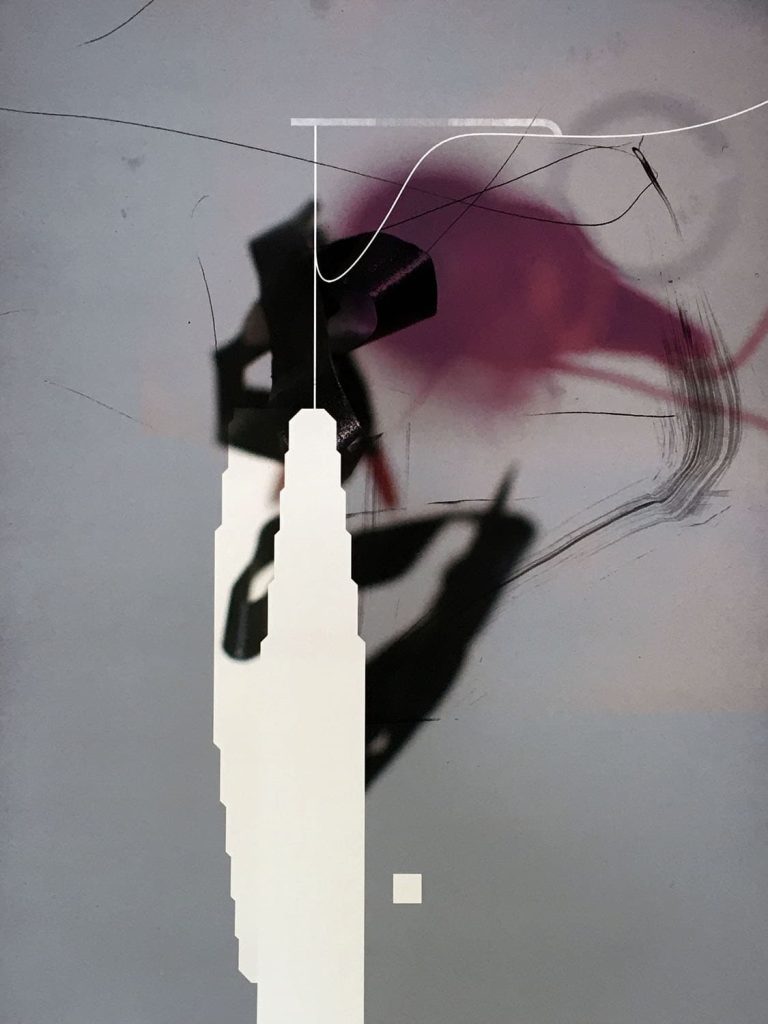
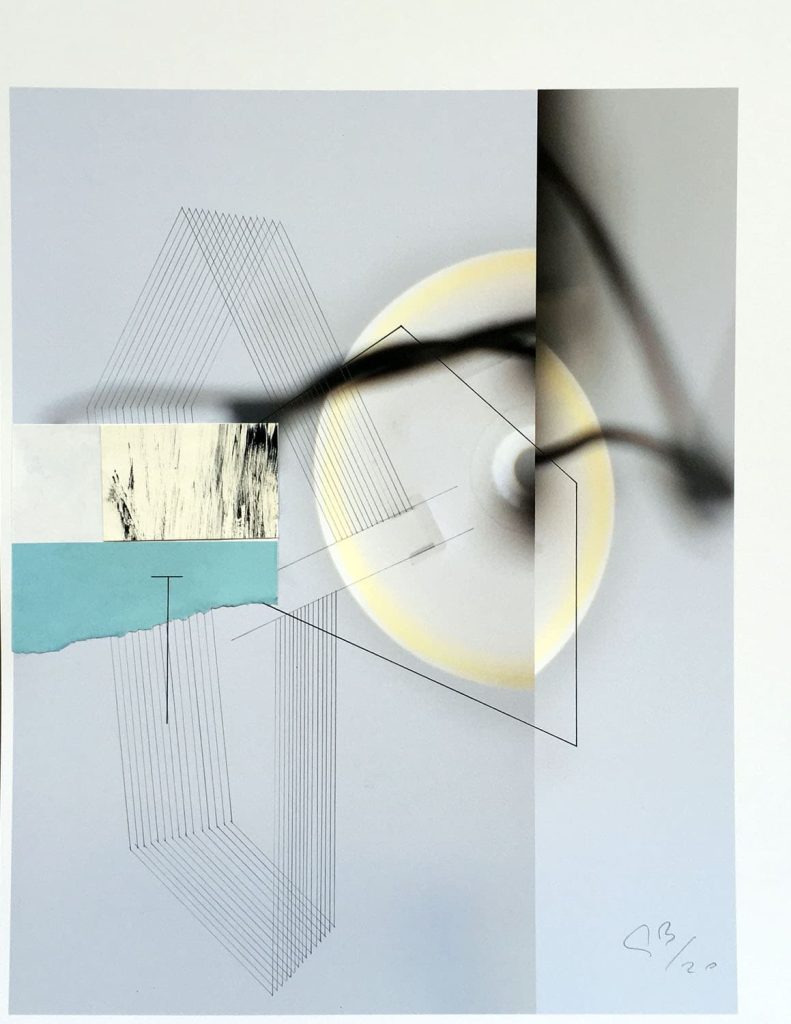
TWS –Your Instagram profile, where you showcase your personal work, describes your fine art as “Still Life Photographs and Abstractions.” Can you elaborate on this description and give us more insight into your approach to fine art?
SB –‘Still Life’ is an attempt to describe the photographs—a group of disparate objects (like wire, washers or beads, etc) arranged in a composition but ‘in camera’. Lately I’ve been doing less of those and more with different individual shots and overlaying them in Photoshop—I get surprised more often. The juxtaposition of unrelated objects, assembled in a floating indeterminate space is consistently interesting for some reason. I initially discovered the allure of depth of field while working in a print shop darkroom after high school, using the production camera. Something about the photographic space itself and the power of the frame was mysterious and addictive. Early/mid 20th century photographers were an obvious influence—Man Ray, Moholy-Nagy, Gyorgy Kepes, Frederick Sommer and Aaron Siskind.
TWS –Can you describe the process of creating your pieces? Do you work in series or focus on individual pieces?
SB –The collage, analog or digital is assembled from mostly the photographs or at least begun with them. For the work on paper I often start with an inkjet print of some photographic detail and then collage other photographic pieces, colored paper, printed material and draw and/or paint, etc. I generally improvise these without a plan, building them up one element at a time trying to grasp their logic—‘making happen and letting happen’. Trial and error. Success rate is modest, I have to say. Many dead ends. The digital work is more atmospheric and transparent but follows a similar route.
I focus individual pieces but I’ll work in a series sometimes especially if I have an underlying photograph that provokes ideas and possibilities. Some images do, some don’t and I don’t know why. A series allows trial and error and less worry about the result.
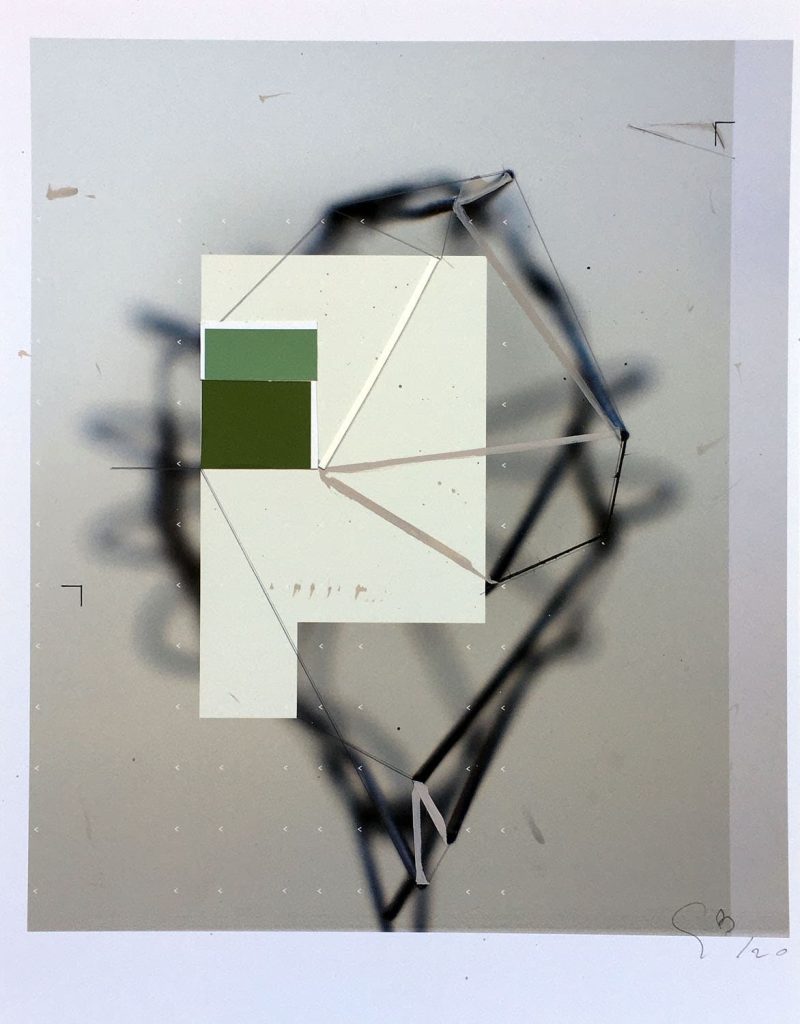
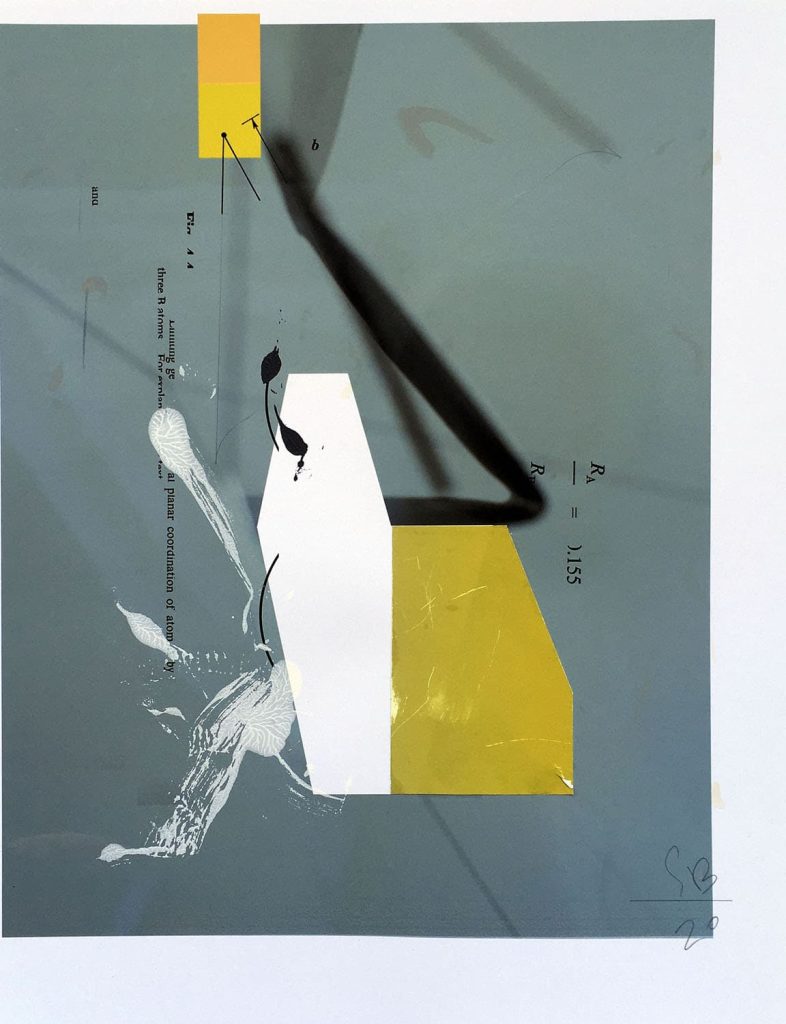
TWS –You work with both digital and analogue collage, and both styles seem to share a common spirit. Some of your analogue work has a digital feel, while your digital work has a tactile quality that conveys an analogue feel. How do you feel about this? Can you discuss how paper and pixels play a role in your work and how you approach these two different mediums?
SB –Yes, that’s true. I do like the immediacy of the tactile in the analogue, the way the gesture of drawing, the feel of paint, the rough quality of paper bring a piece into the unique present. That presence feels important and human in contrast to digital and its cooler quality. Yet, the digital work also depends in part on photographic details that feel tactile and sensuous. Common spirit for sure. I’ve had some reluctance lately in using drawing and painting in my digital collage. It seems to belong more in the analog space, though I’m not sure.
TWS –I sense a balance between perfection and imperfection in your work. I see a quest for both precision and randomness that makes your art personal and compelling. Your work has both a technological and archaic quality that I find fascinating. Does this resonate with you at all? What does perfection mean to you, and does randomness play a role in your creative process?
SB –I really appreciate your observation, completely true. Some tension or energy is generated by those contrasts that is very stimulating. Charges the pictorial space. I don’t really believe in perfection (or try not to). Yet I’m a student of balance and proportion and honestly love it. My instinct though is to subvert the balance if I can, undermine its ‘precision’ with the imperfect or as you say randomness. I think the unity of a piece depends on the inclusion of disorder. It opens, breathes and feels more alive to me.
It makes me think of improvised music and the sound track to the film ‘Naked Lunch’ (1992). The composer Howard Shore wrote a lush orchestral score and invited Ornette Coleman to play over it, improvising with it, scribbling over this beautiful sweeping music to wonderful effect. I listen to music when I work and it’s a huge inspiration.
I myself might be some combination of the technological and archaic and it probably comes out in my creativity. I stumbled on a yard sale last summer and was happy to find a cheap typewriter (I plan to start using typed elements in my collage). I love the archaic and my iPad. I also have a deep affection for the representations of science and technology, the charts, graphs, diagrams and technical drawings, the visual explanations that attempt to illustrate some phenomena.

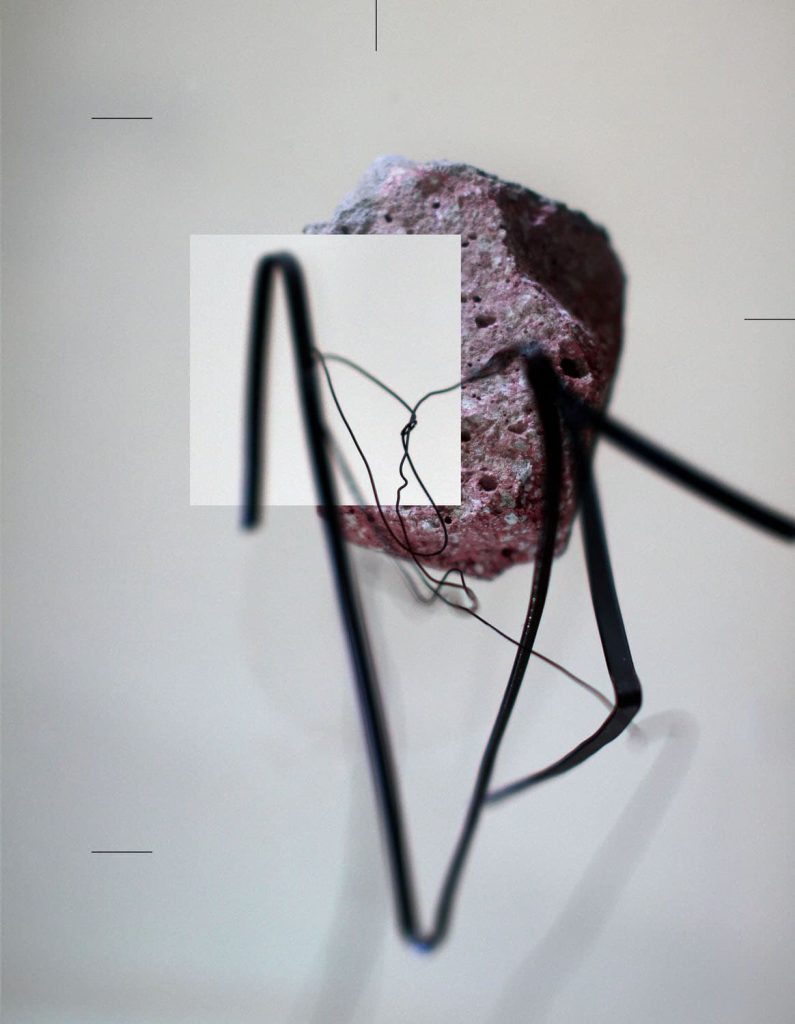
TWS –Is there a particular theme or message that you aim to convey through your work? Do you hope that your art inspires any particular thoughts or emotions in your viewers?
SB –I do have intentions as you can see but I’m also interested in how a viewer responds, what thoughts they have. I like those conversations and what they reveal about what I’m doing or how it’s perceived. I’m discovering the work too, trying to make sense of it, how to develop it further.
TWS –Can you provide your personal definition of collage?
SB –An unexpected juxtaposition of the discontinuous.
Learn more about Stuart Bradford’s work on his website or Instagram.
